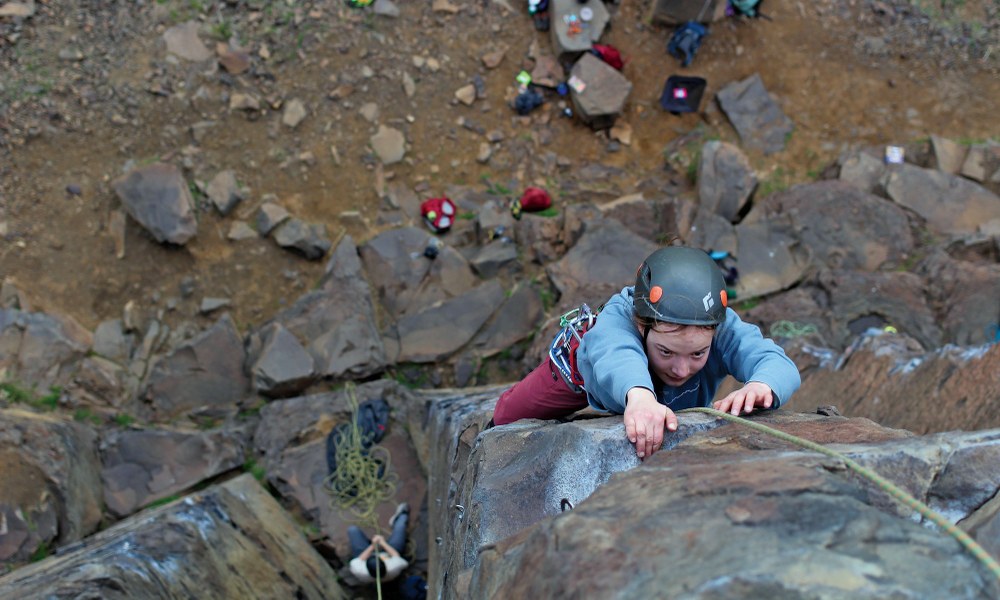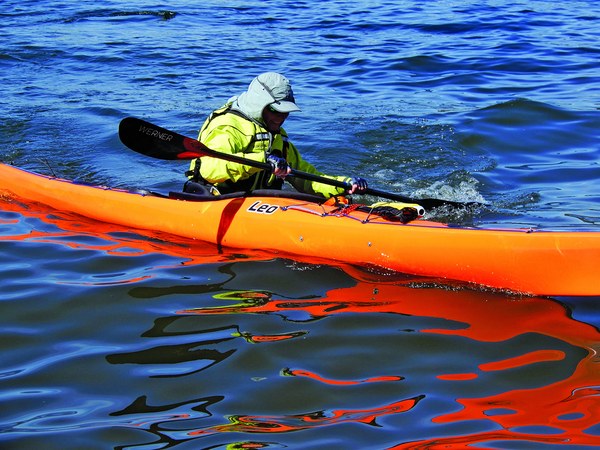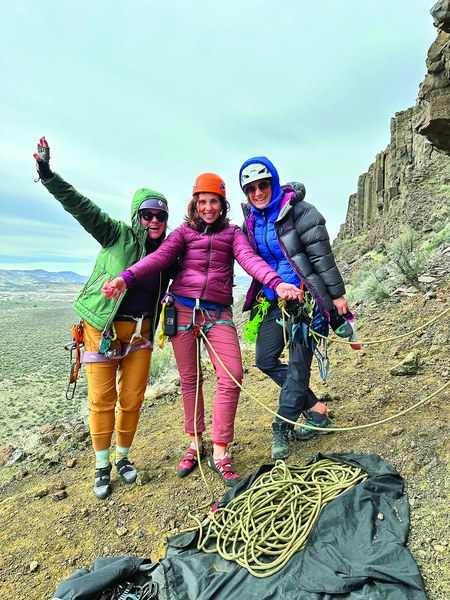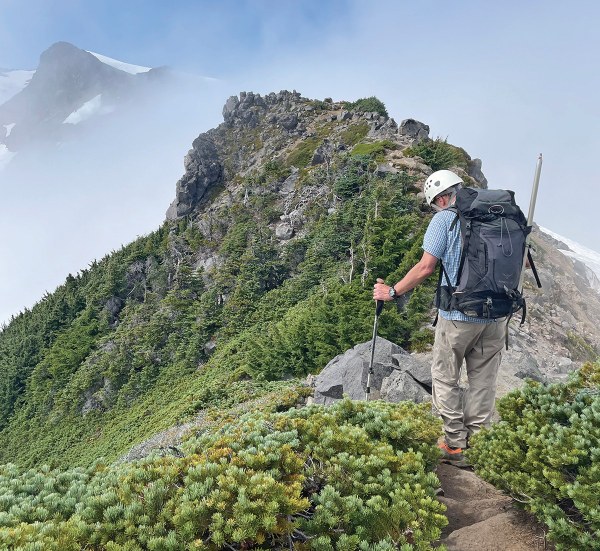
As a former competitive tennis player and climber, I learned early on that being mentally prepared for an event is just as important as being physically prepared. When I showed up to a competition unfocused or unconfident, it reflected in my results. But when I was mentally in the zone, my performance followed suit.
As I transitioned to coaching, helping athletes prepare through mental imagery and embodied cognition was key.
What is imagery?
Imagery – also known as visualization – involves mentally rehearsing your performance without the physical component, and focusing on your desired outcome. This is an especially great tool for athletes with limited practice time, as it allows them to supplement some physical practice with mental rehearsal and memorization.
Research shows that the practice of imagery activates the same areas of the brain as performing the action itself, making this technique an effective way to "prime" the body for the task ahead. For example, a climber working on a project might visualize every detail of the climb – from the handholds to the sequence of movements. Mentally rehearsing these details boosts the climber's concentration, confidence, and execution during the actual effort.
Whether you're preparing for a technical hike, ice climb, climbing project, or kayaking route, imagery training will help you mentally prepare to physically succeed.
 Mountaineers practicing paddling techniques. Photo by Cathie Frizalone.
Mountaineers practicing paddling techniques. Photo by Cathie Frizalone.
What is embodied cognition?
Embodied cognition is the idea that our cognition — our thoughts, perceptions, and actions — is shaped by our physical, bodily experiences. In simple terms: the brain and body work together to inform decision-making and performance.
Embodied cognition is useful for people who perform outdoor activities and can enhance imagery by introducing movement into visualization. For instance, when preparing to cross challenging terrain, a hiker might “walk through” it in their mind while physically mimicking the motions of walking. Or, a climber preparing for a route might mentally rehearse the climb while also feeling the emotions, tactile sensations, and energy that would accompany the actual experience. Personally, I find that combining embodied cognition with imagery makes up about 80% of my prep work for tackling a new project.
 Climbing at Vantage. Photo by Mountaineers Explorers.
Climbing at Vantage. Photo by Mountaineers Explorers.
How to use imagery and embodied cognition as an outdoor enthusiast
Imagery and embodied cognition aren’t just for elite athletes — they’re tools anyone can use to improve confidence and performance. To incorporate these techniques into your training, here are some tips:
Gather information. The more you know about your endeavor, the better. Gather details about your task, such as elevation, terrain, temperature, and route difficulty. (For climbing, this might include the hold types, rock type, and steepness.)
Visualize the environment. Once you’ve gathered the details, sit or lie down and begin visualizing the route or terrain. Run through the process in your head, from start to finish.
Break it down. Parse your project into steps and visualize each step to memorize the sequence. Think about the order of the movements you’ll make. Watch yourself move through these steps from a third-person perspective.
Integrate first-person visualization. Shift your visualization to first-person, imagining yourself in your own body, moving through the sequence. At this point, it might be helpful to incorporate an embodied cognition practice by moving your arms and legs as you imagine yourself performing the action. (If you’d like a great climbing example of this, look up Adam Ondra preparing for the route Silence.)
Add sensory details. Once the sequence feels dialed, integrate sensory information to help you become more in tune with the physical sensations you’ll experience. Sensory details might include: the texture of the rock, the sound of the water, the temperature of your surroundings, the color of the vegetation, the smell of the air, and even the rhythm of your heartbeat.
Visualize yourself succeeding. This is the most important part of imagery. Focusing on failure or imagining struggle only increases anxiety and diminishes your confidence. If you don’t see yourself achieving the goal, you miss out on the full benefit of imagery.
 Scrambling near Mount Baker. Photo by Skye Michel.
Scrambling near Mount Baker. Photo by Skye Michel.
Deepening the mind-body connection for more successful outcomes
Imagery and embodied cognition aren’t just abstract concepts — they’re practical tools that can significantly enhance your performance outdoors. By tapping into your mental rehearsal and enhancing physical awareness, you can better prepare your body and mind for challenge.
At first, your imagery practice might feel awkward, unfocused, or frustrating. Your palms might sweat, and the mental pictures may not align with reality. This is completely normal. Getting familiar with imagery is part of the process, and with practice, visualization will become clearer and more effective. Even small amounts of imagery practice can have an impact, making you feel more in control and empowered.
As you transition from mental rehearsal to real-life action, let go of any expectations. Stay present, trust your abilities, and allow the preparation to guide you rather than control you.
Remember, the mental game is just as important as the physical. Whether you’re a competitive athlete or a recreational enthusiast, imagery gives you the chance to practice, gain control, and move forward with confidence. By regularly using these tools, you’ll not only improve your technical skills, but develop a deeper connection between mind and body, leading to more enjoyable and successful outdoor adventures.
Mercedes Pollmeier is an NSCA-certified strength and conditioning specialist based in Seattle, with degrees in exercise science and human movement, and is a Precision Nutrition L2 Master Coach. Currently, she owns her own climbing coaching company, Modus Athletica, training climbers in person and online. Visit her online at modusathletica.com and on Instagram @modusathletica.
This article originally appeared in our summer 2025 issue of Mountaineer magazine. To view the original article in magazine form and read more stories from our publication, visit our magazine archive.
 Mercedes Pollmeier
Mercedes Pollmeier